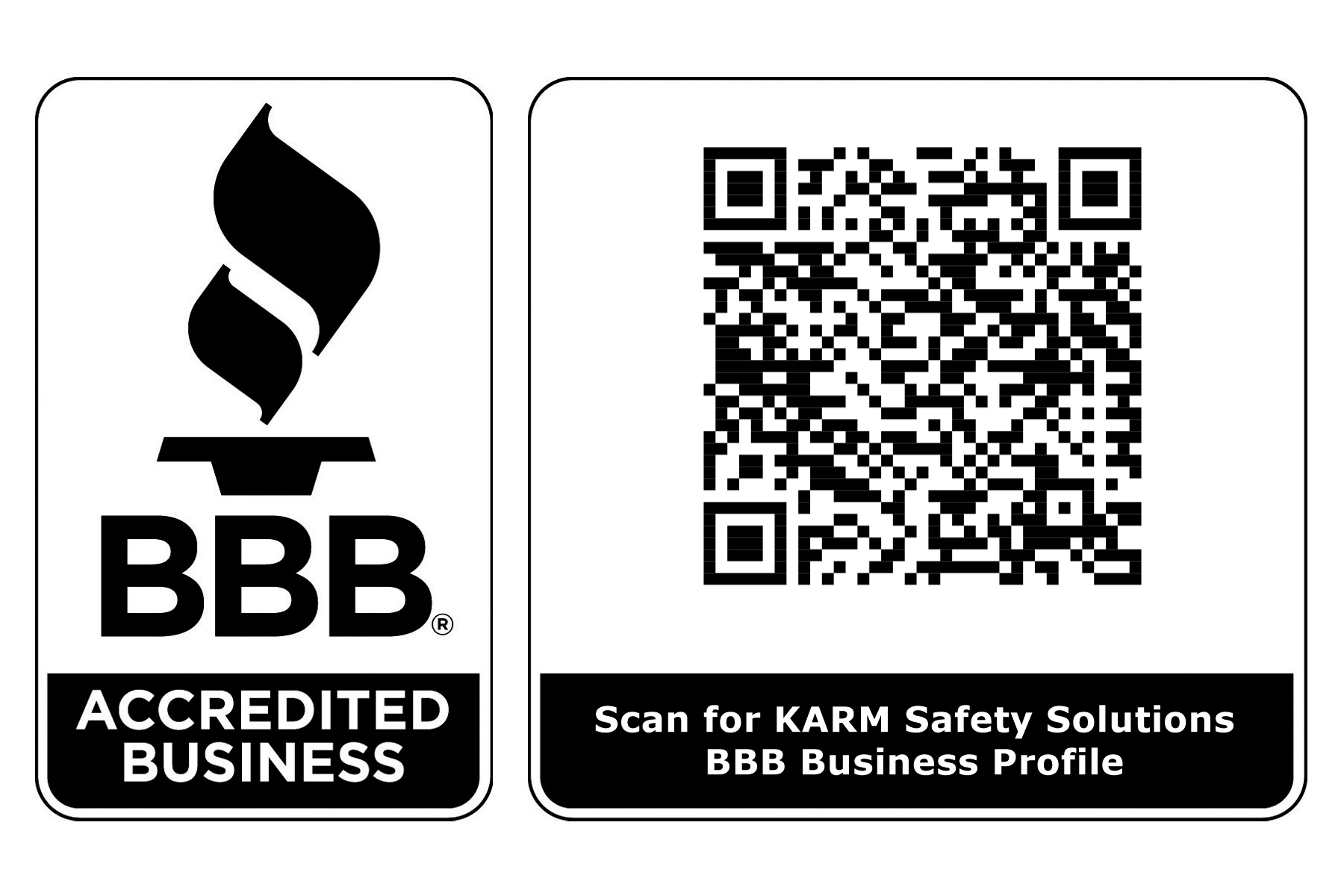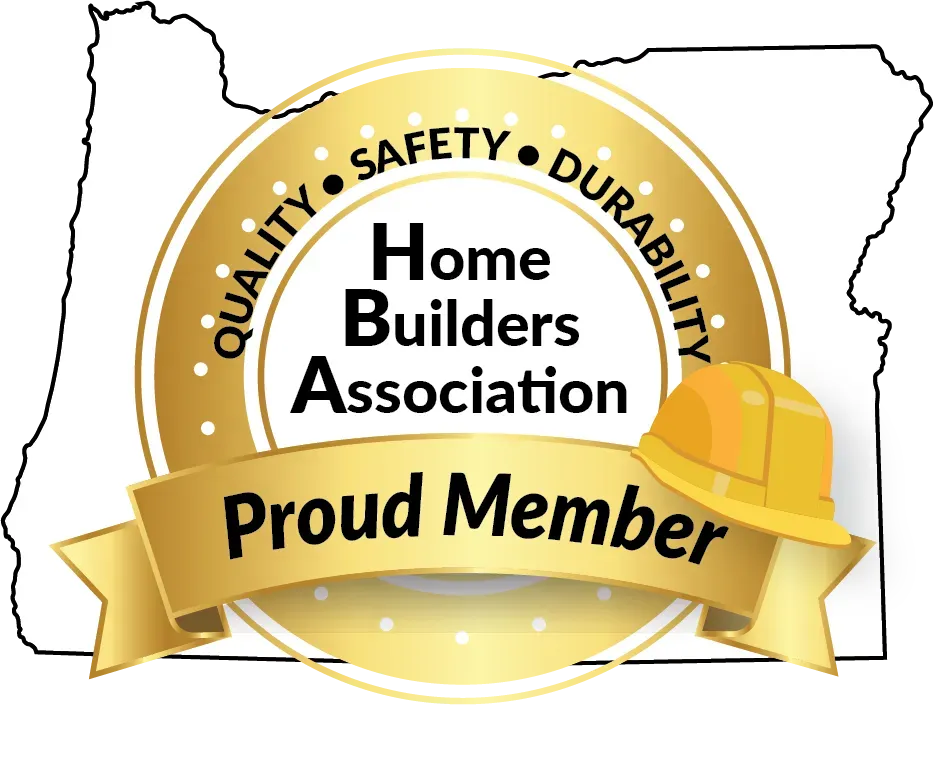Avoid Tragedy with Confined Space Awareness Training That Works
Every job site comes with its own set of risks. But few hazards match the level of threat found in confined spaces. Whether it's a maintenance tunnel, storage tank, or underground vault, the danger isn’t always obvious until it’s too late. That’s where confined space awareness training makes the difference between safe outcomes and life-threatening events.
Silent Hazards Lurking Underground
Confined spaces aren’t just tight, they’re unpredictable. Air can turn toxic, gases can build up without notice, and movement can be restricted in a blink. These areas often lack natural ventilation, turning an ordinary task into a potential emergency. Workers without the proper awareness are exposed to hidden threats they may not detect until symptoms set in, or worse.
Why ‘Basic Safety’ Doesn’t Cut It Anymore?
Standard safety briefings barely scratch the surface of what’s needed inside a confined space. Knowing how to use tools isn’t the same as understanding how the space reacts to gas leaks, lack of oxygen, or equipment malfunctions. A site may meet general safety compliance, yet still be unprepared for a confined space emergency.
Confined space awareness gives workers critical insight that general safety programs miss entirely.
Every Second Matters Training Keeps the Clock on Your Side
Confined space incidents don’t wait. Gas displacement, entrapment, and fainting happen fast. A trained worker can detect signs early before the situation escalates. The training ensures everyone knows how to:
- Monitor air conditions
- Use isolation techniques
- Communicate with standby personnel
- Exit immediately at the first sign of danger
This kind of preparation cuts response time and increases survival odds.
The Misconception That Can Cost Lives
One of the most common mistakes is assuming a permit isn’t needed. Workers often enter seemingly harmless spaces without evaluation. Without testing for a hazardous atmosphere or verifying structural integrity, a small space can become a trap. Proper awareness training redefines how workers evaluate these zones, reducing careless entry.
Training That Translates to Action
Confined space awareness isn’t just theory. Effective programs use case-based scenarios to walk teams through real-life hazards. Workers are taught to:
- Identify confined spaces before entry
- Follow a structured entry plan
- Understand their responsibilities
- Avoid rushed decisions
The result? A workforce that doesn’t rely on memory under pressure—they rely on training.
The Link Between Communication and Survival
Confined space teams operate as a unit. If one person fails to follow protocol, the entire group is at risk. Awareness training highlights the importance of verbal checks, sign-ins, and emergency signals. Miscommunication has led to more than one fatal incident this training makes sure yours won’t be one of them.
Compliance Is Not Enough, Competence Is Key
Meeting OSHA’s minimum requirements isn’t the goal; exceeding them should be. A trained crew is more than just compliant; they’re confident and prepared. Certification in awareness gives teams the tools to make decisions without hesitation. It also protects companies from penalties, lawsuits, and reputational damage.
Untrained Helpers Can Become Victims Too
One of the most overlooked dangers in confined space incidents is the impulse to rescue without a plan. When an untrained coworker enters a hazardous space to assist someone in distress, they often become the second casualty. Proper confined space awareness training stresses the importance of not rushing into a rescue without equipment or backup. It teaches workers to rely on protocol not panic so that help doesn’t turn into harm.
Adding a Lifeline: From Awareness to Rescue
Awareness training is the first shield. But rescue capability is the second. Without it, even the best-trained team can fall short. That’s why many organizations now pair awareness with confined space rescue training, ensuring they can act immediately and correctly if something goes wrong.
Ending Note:
At Karm Safety Solutions, training is built around real jobsite demands. Their approach focuses on direct application, not theory overload. Every session is designed to match your industry’s specific risks, work environment, and staff needs. Our confined space programs equip your team with the tools, awareness, and hands-on know-how to avoid injury and respond the right way if things take a wrong turn. Don’t take safety for granted. One missed step in a confined space can change everything. Contact Karm Safety Solutions and train your team to handle confined space challenges with confidence.













